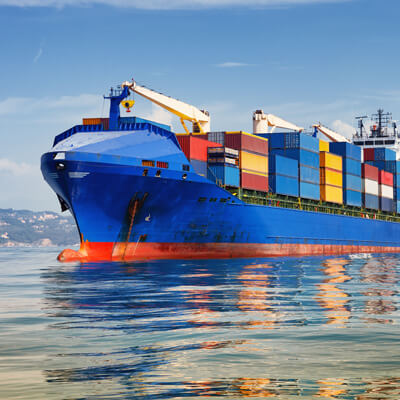
Depending on the type of Marine vessels and its cargo, there is always a risk of toxic and explosive gases present on such marine vessels. Be it a merchant ship, fishing boats, drill rigs, shipyards or cruise – the objective of the ship owner and operators remain the same – safety of the personnel and the assets. GasAlarm Systems offers a solution with its Uniphos range of Gas Detector Tubes for Marine application.
Marine vessels are constructed with enclosed spaces that can pose hazards to personnel that enters this space. Common gas hazards include: Carbon Monoxide (CO), Combustible Gases, Hydrogen Sulphide (H2S), Refrigerant Gases (Ammonia and F-Gases) and O2(Enrichment/Deficient).
Gas detection is particularly important in the marine industry due to undisturbed, closed, and watertight environments such as motor rooms, gas tanks, and various freight storage. Explosive and toxic gases come from ballast tanks (CO2), combustion of fuel in motor rooms (hydrocarbon vapours), cold rooms (ammonia or refrigerant gases), wastewater (Hydrogen Sulphide) – a few areas that represents explosive or toxic hazard that can have catastrophic results.
Oxygen displacement is normally caused by inert gases such as Nitrogen aboard oil tankers. Besides these general gases, tanker ships will encounter several different kind of gases. Common gases, depending on what they are carrying.
These risks can be mitigated by conducting pre-entry tests with appropriate gas detection tubes.
Going into the ship’s tonnage or other confined spaces, in general you will have to need the possibility to measure Carbon Dioxide (CO2), Carbon Monoxide (CO), Oxygen (O2), Hydrogen Sulphide (H2S), to be sure you will not enter a hazardous environment. UNIPHOS™ let you have this possibility to measure these gases, choosing from the largest selection of different measuring ranges. Uniphos also offers a pump with a 100% drawing capacity providing an extremely accurate measurements.
To find out more, please visit Gas detector tubes